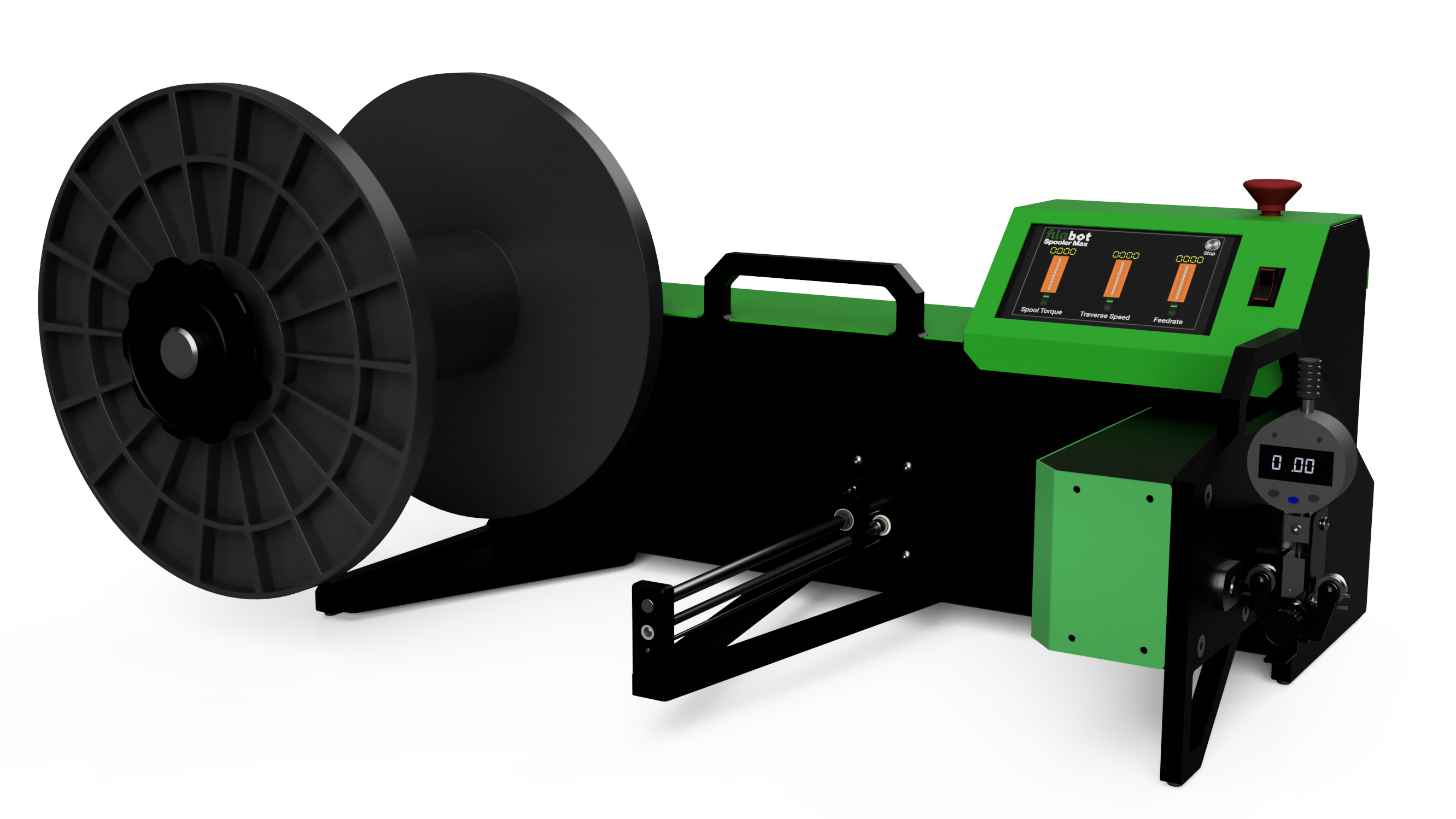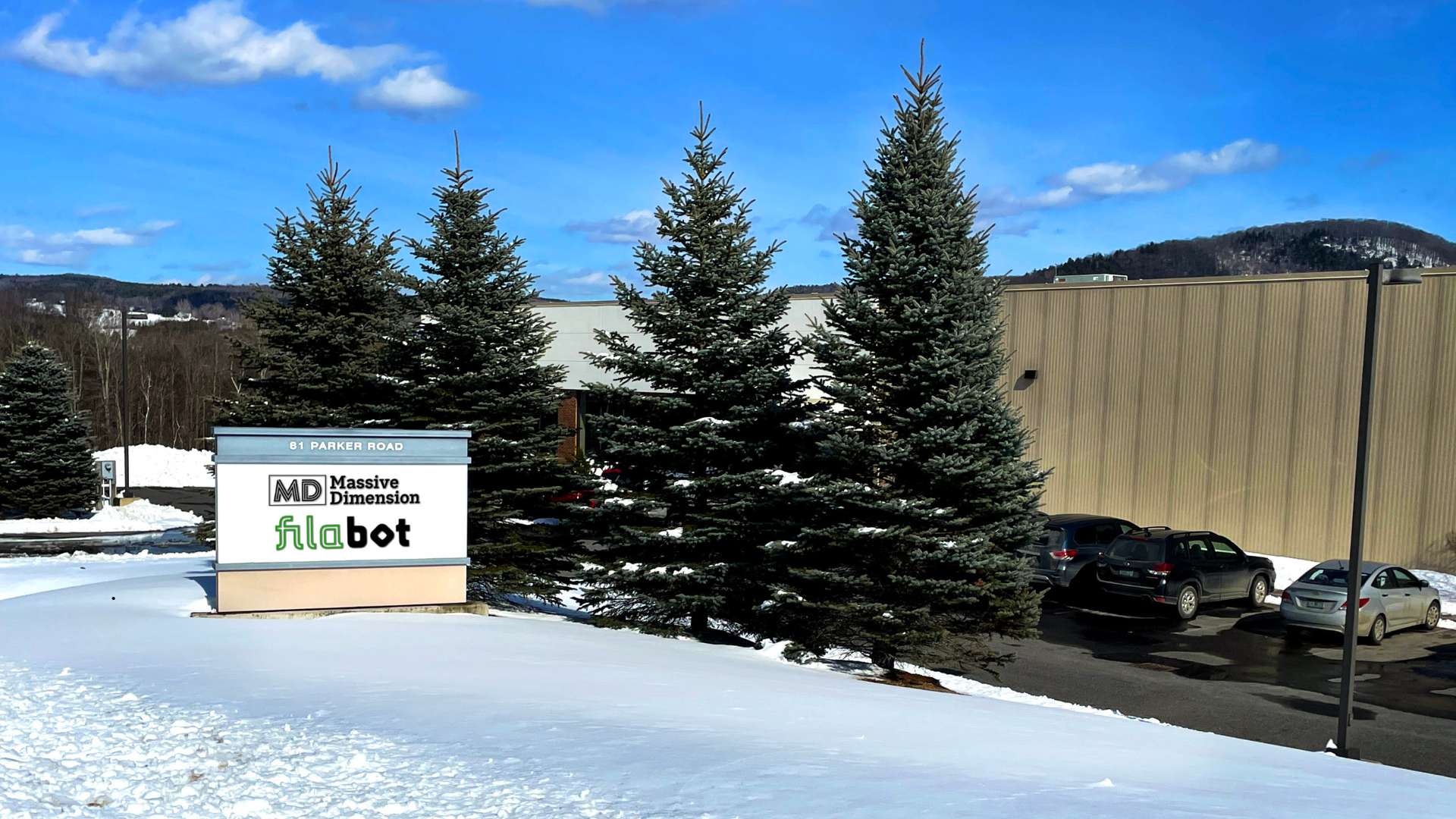Filabot is doing a lot these days. We’re printing, testing and extruding more than ever. It’s remarkable that this whole company was crowdfunded on the Internet and started with a diagram on a whiteboard. We’re humbled to have gotten this far, but we promise: we’ve only just begun. We’re constantly seeking to refine what we can achieve with our machines. Recently, that looks more and more like recycling the widest range of plastics possible.
If you’ve been following this blog you know that we’ve been focused on plastic pollution, specifically in our oceans. While the Filabot can take PLA, PET and a variety of other plastics and turn them into usable filament we’ve been more closely examining what we can do with plastics that have been polluting the planet. And we’ve had some pretty incredible success with making plastic mixtures from Ocean Plastic™ materials provided by Parley for the Oceans, a worldwide organization raising awareness for the beauty and fragility of the oceans and uniting the creative industries, governments and individuals in projects that can end the biggest threats.

Parley is certainly a group you should know about if you’re any kinds of environmentally aware and working with plastics. Their mission to end marine plastic pollution is straightforward, guided by a simple strategy — Parley AIR (Avoid, Intercept, Redesign) —that ties in nicely with what we’re doing over here at Filabot:
Plastic is a design failure. We can only end the problem with a new material. In the meantime we save marine wildlife by cleaning up shorelines and oceans and cut into the production of new, virgin plastic through closed-loop recycling systems.
Parley is a collaboration network bringing scientists, environmentalists, artists, companies and governments together to tackle the problem of plastic pollution. Thousands of whales are entangled in plastic every year, millions of birds and fish consume plastics everyday, and giant floating islands of plastic known as “garbage patches” float and swirl with waste all around the globe. These are major problems and Parley tackles them everyday. Quoting Captain Paul Watson on their website, “If the oceans die, we die.”
Perhaps you’ve heard of ocean cleanup efforts, scouring beaches for sea bleached water bottles, waste stream diversion operations in foreign countries? Thank Parley. Or maybe you’ve seen Ocean Plastic sneakers, designed by Adidas? Thank Parley. They gather doers, thinkers, movers and shakers to make saving the oceans a reality within reach and their projects span all types of corporations, environmental problems and realms of human creativity. Soon they’ll be bringing the Parley AIR Strategy to five countries as part of their mission to protect 100 islands against plastic pollution by 2020 in partnership with Corona, just to name one of their more recent projects. Rather than claiming to have all the answers or solutions, Parley drives a new approach to environmentalism with eco-innovation and collaboration at its core. Every second breath we take is generated by the oceans. This isn’t just about cleaning up the beaches we all love, it’s about creating the future together.
We’ve been talking with Parley because they’ve been providing us with materials created from upcycled waste plastics intercepted in marine environments to use in our extrusion testing efforts. We’re working on recycling the widest range of plastic possible and tackling the environmental reality of ocean pollution is seriously important to us here at Filabot. Our first steps focus on taking and integrating Parley Ocean Plastic™ into existing materials in a hybrid of new and used, mixing an entire array of “waste” into more usable materials for filament. The use of Ocean Plastic™ allows for us to use less virgin materials and plastics and reduce the reliance on and creation of new plastics around the globe.
Our tests have been promising and successful. Our 50/50 PET and PETG+ extruded plastic filament uses plastics from Parley’s plastic interception and cleanup efforts in the Maldives. By successfully incorporating Parley Ocean Plastic™ into the mix, we’re one step closer to extending the lifetime of materials used in everyday items. We’re excited not only about closing the loop on wasteful systems, but also and more importantly, on changing the thinking behind these systems all over the world.
It’s imperative that we all do what we can, in our own ways and together, to fight the reality of plastic pollution and the larger reality of climate change. While our part is small now, we’re always looking to expand how the Filabot and Filabot as a company can reduce our waste and be as conscious as possible when it comes to plastics and their role in degrading the state of the ocean. We’ll keep you updated on our progress when it comes to recycling marine plastic waste into quality grade filaments as we work towards a larger-scale replacement for virgin plastics in our materials
Head over to Parley’s website for more information about their efforts, cool art projects, and inspiring collaborations. Join the movement and take the Parley AIR Pledge here: https://air.parley.tv/ and learn more at www.parley.tv. As makers and users of plastic, we’re responsible for the actions we take and the world we make. Let’s make a better one.
Best,
The Filabot Team





1 comment
Stephane Seban
Demande de prix pour la revente de recyclage des différentes matières de plastique en format fil.
Demande de prix pour la revente de recyclage des différentes matières de plastique en format fil.